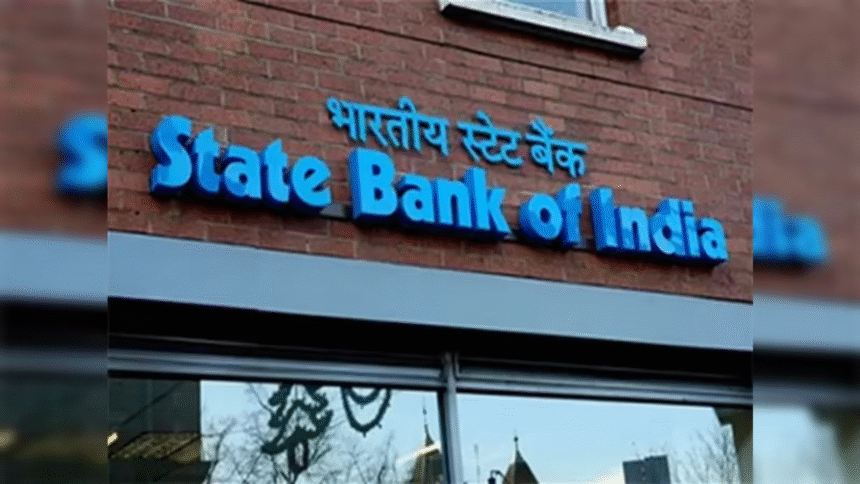SBI to Launch ₹25,000 Crore Share Sale as Early as Next Week — India’s Biggest Banking Equity Offer of 2025
SBI plans ₹25,000 crore share sale as early as next week—set to be India’s biggest banking equity offer in 2025. Investors eye key PSU move
The State Bank of India (SBI) is preparing to launch a monumental Qualified Institutional Placement (QIP) valued at ₹25,000 crore (approx. $2.9 billion) as early as next week. This high-stakes capital raise—approving in May and expected in July—marks SBI’s first share sale in eight years and promises to become the largest QIP in India’s banking history .
A QIP allows listed companies like SBI to raise funds quickly from institutional investors without a full prospectus, making it more agile than public offerings. The bank’s May board approval signaled urgency in strengthening its CET‑1 capital to meet regulatory, growth, and lending demands
With interest rates easing and loan demand accelerating, SBI sees an opportune moment to bolster its capital base, both for compliance and strategic lending needs .
This QIP will potentially be India’s largest ever, surpassing its own prior ₹15,000 crore QIP in 2017. It’s also SBI’s first equity round since then, cementing its role as a dominant PSU lender controlling nearly 20% of India’s total credit
Six merchant banks—Citigroup, HSBC, ICICI Securities, Kotak Capital, Morgan Stanley, and SBI Caps—have been confirmed as book-runners, offering services at a symbolic Re 1 fee—a gesture reserved for marquee deals .
May 3: Board approved ₹25,000 crore capital raise via QIP/FPO

June: Merchant bankers invited to pitch; appointments finalized by mid-June
Early July: Bloomberg and Reuters report launch could occur next week, the first fluid notification of a live market date
Boost CET‑1 Ratio: At ~11 %, SBI’s CET‑1 was the lowest among PSUs in Q1 FY26; the capital boost helps meet regulatory buffers
Fund Loan Growth: With credit growth around 15%, coupled with a lower-rate environment, SBI anticipates surging lending demand
Regulatory Compliance: Bank regulators are pushing strong capital positions for domestic systemic importance
SBI’s QIP comes amid a broader PSU capital-raise trend—₹45,000–₹50,000 crore expected from public banks via QIPs in FY26 The government aims to monetize PSU stake sales (IDBI, UCO, others) as part of its ₹47,000 crore asset monetization target
Share Price Movement: SBI shares jumped ~1.3% after QIP details emerged in late June; Q4 results and capital plans kept investor sentiment buoyant
Dividend Boost: A one-time ₹15.90 dividend—highest in 12 years—was authorized in May, sweetening investor sentiment ahead of the QIP
Analyst Ratings: Despite Q4 margin pressure, brokerages are bullish, projecting upward stock targets (₹900–₹1,050)
Reinforces SBI’s capital buffers, enhances lending power.
Lets the bank capitalize on a favorable macroeconomic and rate environment.
Elevates investor confidence via transparent and large-scale offering.
Bank must balance dilution vs. capital needs—issuance volume is large.
Equity market volatility may impact pricing dynamics.
Competing QIPs from PSUs may affect institutional demand fundraising efficacy.
Enables Lending Expansion: With stronger CET‑1 ratios, SBI may scale retail, corporate, and infrastructure loans, potentially impacting NIMs and credit mix
Subsidy & initiative capability: Capital can fund digital banking projects (YONO), sustainable loan programs, fintech tie-ups, and subsidiary ventures
Future Monetization Potential: A stronger equity base may support subsidiary spin-offs—especially SBI Mutual Fund and SBI General—unlocking embedded value
Fintech sector analysts point out that SBI—India’s largest bank by assets and market share—can manage both growth and compliance much better post-capital raise:
| Feature | Details |
|---|---|
| What | ₹25,000 crore QIP share sale |
| When | As early as next week (July 2025) |
| Why | Boost CET‑1, fund loan growth, meet regulatory norms |
| How | QIP led by six merchant banks (fee Re 1) |
| Significance | Biggest QIP ever, first by SBI in 8 years |
| Market Impact | Stock up, strong investor interest, enhanced dividend declared |
| Risks | Pricing volatility, dilution concerns, competing PSU QIPs |








